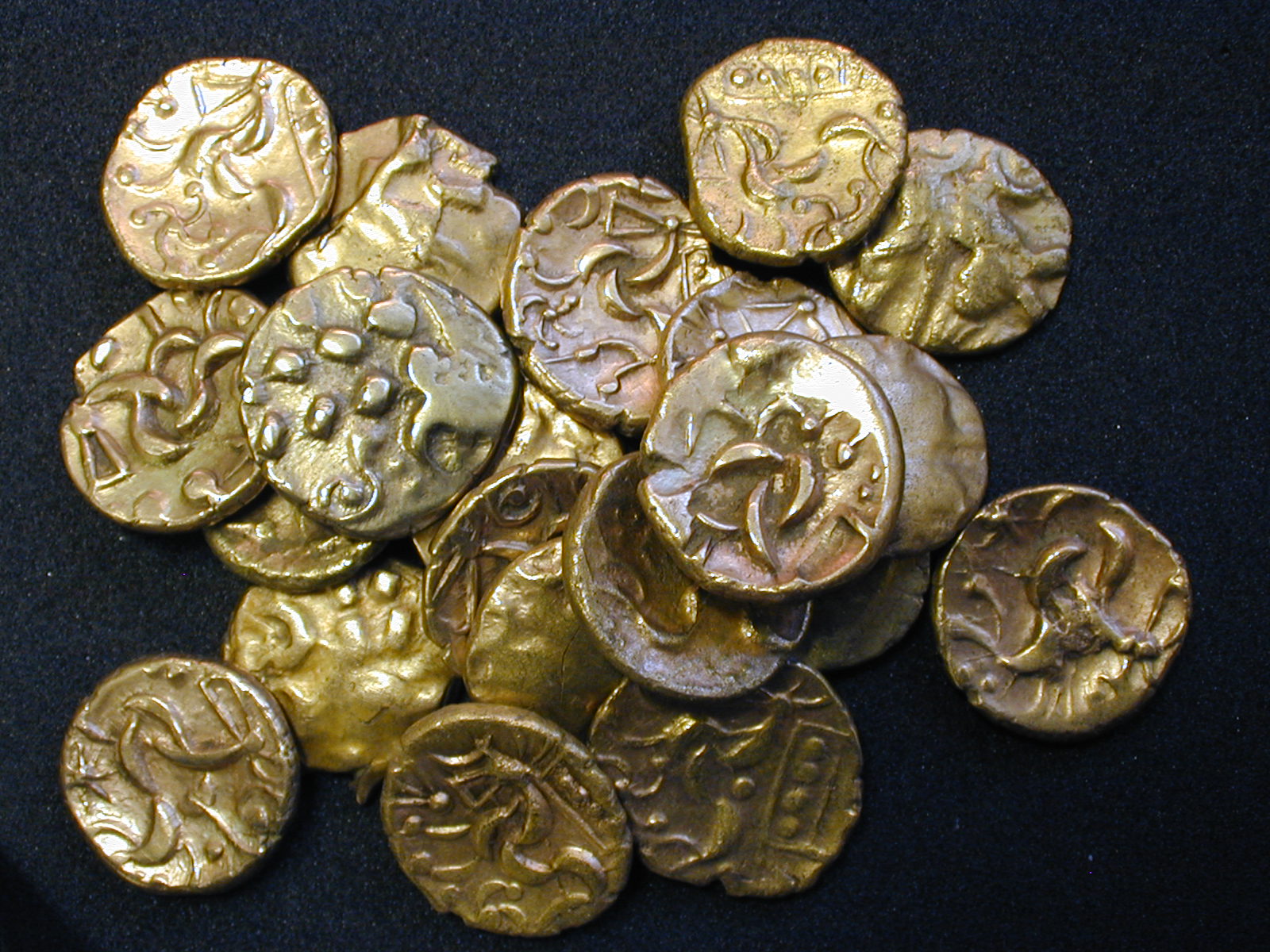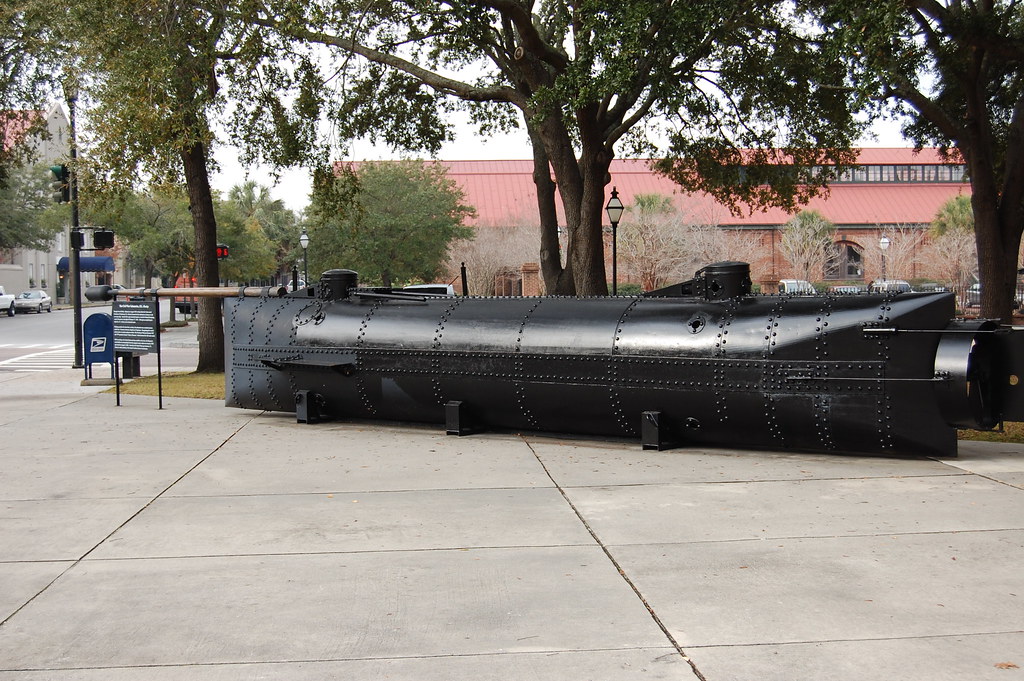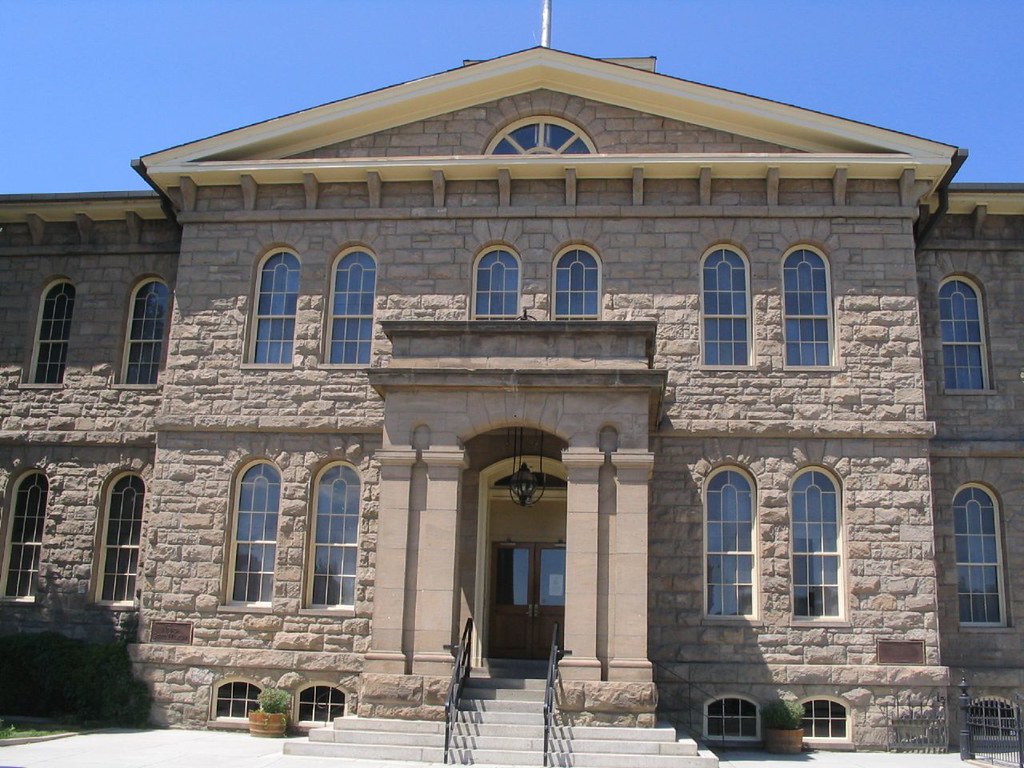
Step right up, history hounds and curiosity connoisseurs! Today, we’re diving deep into a topic that keeps us on the edge of our seats: the most valuable relics and artifacts that have either vanished from American museums and collections, or whose very stories highlight the tantalizing possibility of treasures still waiting to be found, or perhaps, lost once more. It’s a world where priceless history hangs in the balance, a thrilling blend of intrigue, serendipity, and sometimes, outright thievery. While the phrase ‘currently missing from US museums’ might conjure up images of empty pedestals and unsolved mysteries, the broader narrative of America’s treasures is a dynamic one, a constant interplay between items lost to time, forgotten by history, or spirited away by circumstance, only to be dramatically rediscovered.
Indeed, these ‘found’ treasures serve as powerful, tangible reminders of the priceless artifacts that *are still* missing, or those that *could easily become* missing, even from our most diligently guarded institutions. They remind us that history isn’t always neatly cataloged and displayed; sometimes, it’s buried in a cornfield, sunk in the ocean, or, yes, even spirited away by daring thieves. We’re talking about items that don’t just hold immense monetary value, but historical weight, cultural significance, and the power to tell us stories about who we are and where we came from. So, buckle up, because we’re about to embark on a thrilling expedition into the past, where every discovery is a miracle and every loss is a profound tragedy.
Our journey will traverse the spectrum of ‘missing’—from masterpieces brazenly stolen from museum walls to ancient artifacts reclaimed from the earth’s embrace after millennia of slumber, and even hoards of wealth lost to the tides of history. Each item, whether truly vanished or dramatically recovered, illuminates the fragile line between memory and oblivion. Let’s delve into these incredible narratives, pondering not just what’s gone, but what was once lost and now stands as a testament to the enduring human quest for connection to our collective past.

1. **Isabella Stewart Gardner Museum Heist**When we talk about treasures truly “missing from US museums,” the Isabella Stewart Gardner Museum heist in Boston stands as an undisputed, agonizing benchmark. It’s not just a story; it’s a gaping wound in the heart of the art world, a testament to what happens when our most cherished cultural heritage is violently severed from its rightful home. On the night of March 18, 1990, two men disguised as police officers gained entry to the museum and, in a shocking 81-minute operation, made off with thirteen works of art valued at a staggering $500 million. It remains the largest unsolved art theft in history.
Imagine the scene: priceless masterpieces by Rembrandt, Vermeer, Degas, and Manet, among others, ripped from their frames, leaving empty spaces that have, to this day, remained untouched as a haunting memorial to the stolen pieces. The sheer audacity and precision of the crime are the stuff of Hollywood thrillers, yet this is a very real, very painful void in the art world. Despite relentless investigations, numerous theories, and even a $10 million reward, not a single piece has been recovered, and the identities of the thieves remain elusive.
This isn’t just a loss of monetary value; it’s a loss of cultural heritage, of irreplaceable artistic genius that belonged to the world. The absence of these works not only diminishes the museum’s collection but also deprives countless visitors of the opportunity to experience their beauty and historical significance. The Isabella Stewart Gardner Museum heist serves as a chilling reminder of the vulnerability of even the most protected treasures and the enduring pain of their permanent absence from public view, a constant reminder of what ‘missing’ truly means for a museum.
Read more about: Mind-Boggling Heists: 11 Priceless Artworks That Vanished from the World’s Top Museums

2. **Castine Hoard**The Castine Hoard offers a fascinating glimpse into a type of ‘missing’ that isn’t about theft, but about the slow, silent dispersal of history. In the early 1840s, Captain Stephen Grindle and his son Samuel made a remarkable discovery on their farm near Castine, Maine: a collection of colonial-era coins, dating from 1642 to 1688, estimated to be between 500 and 2,000 pieces. This wasn’t just a few stray coins; this was a significant stash that spoke volumes about early American life and trade.
Historians widely believe this hoard once belonged to Baron Jean-Vincent d’Abbadie de Saint-Castin, a French military officer who had settled in the area and integrated deeply with the local Indigenous population. The prevailing theory suggests that during a British raid in 1704, his daughter buried the coins, likely to prevent their capture, but was apprehended before she could retrieve them. The ground then became the silent keeper of this valuable secret for over a century, effectively rendering it ‘missing’ from all human knowledge until the Grindle family’s fortunate discovery.
However, the story doesn’t end with a neat museum display. The context explicitly states, “Over time, the coins from the hoard were dispersed, and their exact whereabouts are largely unknown today.” This makes the Castine Hoard a truly intriguing case for our discussion of ‘missing’ artifacts. While a portion of the hoard was found, the collection as a cohesive historical entity has largely vanished back into obscurity, scattered among collectors or perhaps still hidden, making it a valuable American treasure whose current complete status remains very much unknown—a different kind of ‘missing’ from the public record and institutions.

3. **Great Kentucky Hoard**Picture this: you’re walking through a cornfield, perhaps enjoying the quiet solitude, when suddenly, you stumble upon a glint of metal. For an anonymous individual in Kentucky in 2023, that glint led to the incredible discovery of the Great Kentucky Hoard – over 700 Civil War-era gold coins buried beneath the earth. Talk about history literally popping out of the ground! This treasure, estimated to be worth over $3 million, includes gold dollars, Liberty Head Eagles, and Double Eagles, dating from 1840 to 1863.
The Numismatic Guaranty Company (NGC) confirmed the coins’ excellent condition, with many exhibiting rare features that significantly boosted their numismatic value. This wasn’t just pocket change; this was a substantial fortune, meticulously preserved by the earth for well over a century. Before its discovery, this hoard was utterly ‘missing’ from human knowledge, a tangible piece of economic history quietly waiting to rewrite narratives and spark intense fascination among historians and collectors alike.
The beauty of such a find lies not just in its monetary worth, but in the questions it raises: Who buried them? Why? What circumstances compelled someone to entrust such a significant portion of their wealth to the earth? The Great Kentucky Hoard’s journey from being deeply ‘missing’ to dramatically ‘found’ encapsulates the thrill of archaeology and the unpredictable ways history reveals itself, reminding us that countless other treasures might still lie hidden, just waiting for the right moment to emerge from their long slumber and cease being ‘missing’ from our understanding of the past.
Read more about: From Dust to Dollars: Record-Breaking Classic Cars Unearthed from Barns and Forgotten Garages

4. **H.L. Hunley Submarine**The H.L. Hunley Submarine is another remarkable example of a valuable American relic that was profoundly ‘missing’ for an extended period, lost not to a museum, but to the depths of the ocean. This Civil War-era submarine holds a unique and poignant place in history as the first combat submarine to successfully sink an enemy warship, the USS Housatonic, in 1864. However, its groundbreaking achievement was swiftly followed by mystery and tragedy: the Hunley mysteriously sank shortly after its mission, taking its crew with it, and its location became one of the great maritime enigmas for over a century.
For more than 100 years, this technological marvel and its brave crew were ‘missing,’ their story incomplete, their final resting place unknown. It was not until 1970 that underwater archaeologist E. Lee Spence reported its discovery off the coast of Charleston, South Carolina, reigniting immense interest in Civil War naval history and underwater archaeology. The meticulous efforts to locate and identify the Hunley showcase the determination required to reclaim lost history from the deep, a testament to scientific endeavor and historical passion.
The submarine’s recovery in 2000 was a monumental undertaking, and today, it is housed at the Warren Lasch Conservation Center in North Charleston, undergoing meticulous preservation. Artifacts recovered from within, including personal items of the crew, offer a poignant and direct connection to the men who served aboard, humanizing a ‘missing’ piece of history in a truly powerful way. The Hunley’s story is a compelling reminder of how vital artifacts, once completely lost, can be brought back to shed light on pivotal moments and human courage, emphasizing the ever-present threat of loss and the triumph of rediscovery.

5. **Saddle Ridge Hoard**Imagine walking your dog, enjoying a leisurely stroll on your own property, and then—*bam!*—you stumble upon the financial find of a lifetime. That’s precisely what happened to an anonymous couple in Northern California in February 2013, when they noticed a rusty canister poking out of the ground. Their investigation led to the discovery of not one, but eight cans, all brimming with gold coins dating from 1847 to 1894. This incredible find, promptly dubbed the Saddle Ridge Hoard, comprised a staggering 1,427 coins.
These weren’t just any coins; the hoard included $20 Double Eagles, $10 Eagles, and $5 Half Eagles, many of them in uncirculated, mint condition. Some individual pieces were so rare that they could be worth around a million dollars each! Before this serendipitous moment, this multi-million-dollar treasure was utterly ‘missing,’ not from a museum vault, but from human consciousness, hidden in plain sight for well over a century. The discovery sparked a frenzy of speculation about its origin, touching on historical thefts and legendary buried treasures, yet its true source remains shrouded in mystery.
The Saddle Ridge Hoard is a vivid, almost fairytale-like, illustration of the kind of valuable relics that can simply vanish from the historical record, lying dormant for generations before chance intervenes. The couple wisely chose to remain anonymous, protecting their privacy and preventing an influx of hopeful treasure hunters onto their land. This find serves as a thrilling reminder that sometimes the most extraordinary treasures are those that were never officially cataloged or even known to exist, making their ‘missing’ status a matter of absolute historical oblivion until a fortunate discovery brings them back into the light.

6. **Fenn Treasure**For a treasure to be “missing” often implies an accidental loss or theft, but the Fenn Treasure offers a delightful, albeit sometimes perilous, twist: it was intentionally hidden! In 2010, art dealer and author Forrest Fenn announced that he had tucked away a treasure chest, brimming with gold, jewels, and other priceless valuables, somewhere deep within the vast expanse of the Rocky Mountains. His intention was both adventurous and altruistic: to inspire people to explore nature and offer a glimmer of hope during the Great Recession.
Over the ensuing decade, thousands upon thousands of treasure hunters, captivated by the romance of the quest, scoured the rugged terrain. This became a true modern legend, a treasure actively ‘missing’ for anyone brave and clever enough to find it. The hunt garnered significant media attention, sparking widespread discussion about the ethics and safety of such endeavors, especially after some searchers encountered dangerous situations. It was a treasure whose ‘missing’ status was central to its allure, a deliberate challenge to the intrepid.
In 2020, Fenn finally announced that the treasure had been found by an anonymous individual, later identified as Jack Stuef, a former journalist and medical student, in Wyoming. Valued at approximately $1.3 million at the time of its discovery, the Fenn Treasure’s story is a unique entry in the annals of ‘missing’ artifacts. It highlights that sometimes, the journey of an item from known to unknown to known again can be a carefully orchestrated game, a testament to the enduring human fascination with hidden riches and the thrill of the chase. It reminds us that even deliberately ‘missing’ treasures can eventually reveal their secrets, leaving us to wonder what other hidden gems lie waiting in the wild.
Having explored dramatic thefts and buried fortunes, we now turn to treasures lost not by human design, but to time, nature, or forgotten memory, only to resurface dramatically. These stories are about uncovering forgotten narratives, understanding ancient lives, and witnessing history’s incredible resilience. Prepare to be amazed as we delve into some of America’s most remarkable finds, treasures once utterly absent, now illuminating our past.
Read more about: Beyond the Burn: Gordon Ramsay’s Secret Comfort Foods That Will Surprise and Delight You!

7. **Shipwreck of the S.S. Central America**Few tales of rediscovery are as captivating as that of the S.S. Central America, the “Ship of Gold.” This sidewheel steamer tragically sank off South Carolina in 1857 during a hurricane, carrying approximately 30,000 pounds of gold from the California Gold Rush. For over a century, she lay silently beneath the ocean, her invaluable bounty ‘missing’ from the world.
The deep-sea quest to locate this legendary vessel was formidable, requiring pioneering technology and unwavering determination. In 1988, a team led by Tommy Thompson finally discovered the wreck at 7,200 feet. Recovery efforts brought to light a breathtaking amount of gold coins and bars, initially valued between $100 and $150 million. Imagine the excitement as these glittering pieces of history, long hidden, resurfaced.
Today, the recovered treasure’s estimated value would likely exceed a staggering $200 million. Artifacts and gold from the wreck have graced museum halls and private collections. This ship’s saga is a powerful narrative of human ambition, catastrophic loss, and the triumph of scientific endeavor in reclaiming a truly ‘missing’ chapter of American history.

8. **Uncle Sam Diamond**The ground beneath our feet often holds unexpected wonders. In 1924, Wesley Oley Basham discovered the largest diamond ever found in the United States at the Prairie Creek mine in Murfreesboro, Arkansas. This magnificent rough gem weighed an astounding 40.23 carats, fittingly named the “Uncle Sam.”
After its discovery, the Uncle Sam Diamond was meticulously cut twice, yielding a dazzling 12.42-carat emerald-cut diamond. Though faint yellow, its brilliance was admired. For decades, this American gem remained a treasured, if not widely accessible, piece of geological history in private collections.
Its journey into public view culminated in June 2022, when Peter Buck donated the diamond to the Smithsonian Museum of Natural History. There, it stands proudly alongside the Canary Diamond. This discovery didn’t just enrich gemology; it boosted the Arkansas Diamond Corporation, highlighting how a ‘missing’ treasure, once unearthed, can have far-reaching impacts. Today, this iconic piece is valued at approximately $880,000.
Read more about: D’Angelo: A Luminary’s Legacy — The In-Depth Story of an R&B Innovator and Reclusive Genius

9. **Nuestra Señora de Atocha**The allure of sunken Spanish galleons, laden with riches, has captivated imaginations, none more so than the Nuestra Señora de Atocha. This treasure galleon, packed with copper, silver, gold, gems, and indigo, tragically sank off the Florida Keys in 1622 during a hurricane. For over 350 years, the Atocha and its incredible bounty remained ‘missing,’ a legendary phantom.
The quest to find the Atocha became the lifelong obsession of American treasure hunter Mel Fisher. For decades, through relentless dedication, Fisher and his team pursued the elusive wreck. Their perseverance paid off in 1985, with the discovery of the main hull, a moment that resonated throughout archaeology. The find’s magnitude was staggering: gold and silver bars, countless coins, exquisite emeralds, and precious artifacts.
The recovery involved a protracted legal battle over ownership, which the U.S. Supreme Court resolved in Fisher’s favor. Today, recovered artifacts are displayed in museums, providing invaluable insights into 17th-century maritime trade and colonial wealth. Valued around $400 million today, the Atocha’s story is an epic testament to human tenacity and the breathtaking rewards of reclaiming history.

10. **Queen Anne’s Revenge**Ahoy, history buffs! Prepare to be thrilled by the tale of Queen Anne’s Revenge, synonymous with Blackbeard himself. Originally a French slave ship, it became his formidable flagship. In 1718, it ran aground near Beaufort Inlet, North Carolina, and was abandoned, disappearing from records and becoming ‘missing’ to the sands of time.
For nearly three centuries, Blackbeard’s flagship location remained a tantalizing mystery. In 1996, a private salvage company finally located a cluster of cannons and anchors near Beaufort Inlet, confirming the long-sought resting place. Subsequent archaeological expeditions have been extraordinary, unearthing a wealth of artifacts providing a vivid snapshot of 18th-century pirate life.
These recovered items—cannons, anchors, and daily maritime pieces—offer invaluable insights into pirate existence and naval practices. The rediscovery of Queen Anne’s Revenge profoundly contributed to our understanding of early 18th-century piracy, truly bringing a ‘missing’ and thrilling chapter of American lore back into light. With an estimated historical worth of $10 to $20 million, this ship is a direct portal to Blackbeard’s world.

11. **Spirit Cave Mummy**Stepping back further in time, we find a discovery that reshaped our understanding of early human habitation in North America: the Spirit Cave Mummy. In 1940, archaeologists Sydney and Georgia Wheeler found this incredible mummy in Spirit Cave, Nevada, wrapped in tule matting. Initial estimates placed its age between 1,500 and 2,000 years.
However, advanced scientific techniques later revealed a breathtaking age of approximately 9,400 years, establishing it as one of the oldest human mummies found in North America. This dramatically pushed back the known timeline for human presence in the Great Basin, offering unprecedented insights into early inhabitants, their sophisticated burial practices, and ancient lifestyle. For millennia, this individual’s story was ‘missing.’
In 2016, groundbreaking DNA analysis linked the remains to contemporary Indigenous populations, specifically the Fallon Paiute-Shoshone Tribe. This crucial connection led to the mummy’s respectful repatriation, honoring ancestral ties. Valued today at an estimated $5 to $10 million in scientific significance, the Spirit Cave Mummy stands as a profound bridge to our ancient past.
Read more about: Hollywood’s Script Whisperers: 10 A-List Stars Who Took the Script into Their Own Hands
12. **Bank of New York Hoard**Who knew a bank’s vaults could repeatedly lose and find its historical assets? Such is the peculiar story of the Bank of New York Hoard. In 1788, the Bank acquired a keg of several thousand Fugio cents, the very first official coins minted by the United States. Bearing “Fugio” and “Mind Your Business,” these were true pieces of early American monetary history.
These invaluable coins were stored in the bank’s basement, forgotten for nearly seven decades. Their first ‘rediscovery’ came in 1856, a fleeting recognition before they were again tucked away. It wasn’t until 1926 that the hoard made its third, and most significant, reappearance.
Upon this final rediscovery, many Fugio cents were found in astonishingly mint condition. The Bank of New York distributed some as souvenirs, others examined by the American Numismatic Society. Today, individual Fugio cents are highly coveted by collectors, tangible links to the nation’s earliest economic endeavors. With an estimated value of $5 to $10 million, this hoard reminds us that even within institutions, history can go ‘missing,’ only to dramatically re-emerge.
Read more about: The Bezos Blueprint: Unpacking the Foundational Principles Guiding Jeff Bezos’s Billion-Dollar Business Ventures

13. **Fort Orange Artifacts**Our final stop on this historical treasure hunt takes us to Fort Orange, established in 1624 near Albany, New York. This was the first permanent Dutch settlement in New Netherland, a critical outpost for trade and colonial expansion. For centuries, much of its material history lay buried, its daily life ‘missing.’
Through painstaking archaeological excavations, a wealth of artifacts has been unearthed, dramatically shedding light on early colonial life. Tobacco pipes, beads, and Delftware pottery – each piece a direct connection to the men and women who carved out a new existence. These findings illuminate daily activities, intricate trade practices, and complex interactions between Dutch colonists and Indigenous peoples.
Moreover, these artifacts provide invaluable insights into transatlantic connections, illustrating how goods, ideas, and cultures flowed. Preserved and displayed in museums, these tangible remnants offer the public a direct connection to this formative period in American history. With an estimated worth of $2 to $5 million, the Fort Orange artifacts are not just objects; they are storytellers, ensuring that the ‘missing’ daily narratives of America’s colonial origins are finally brought vividly to light.
**Conclusion:**
Read more about: 12 Infomercial Dynasties: How Late-Night Pitches Built Unforgettable Fortunes and Enduring Legacies
As our journey through America’s lost and found treasures concludes, one thing is clear: history is a living, breathing entity, constantly revealing its secrets, challenging assumptions, and enriching our understanding. From daring heists to ancient mummies and gold-laden ships, each item, whether truly ‘missing’ or dramatically ‘recovered,’ tells a gripping tale. These are priceless fragments of our shared human story, testaments to ingenuity, perseverance, and the sheer luck of discovery. The past is never truly gone, only waiting to be uncovered, preserved, and cherished. The adventure, after all, never truly ends.



